Experiments in Gen AI Code Performance Testing
Method
So, I think an interesting level of complication has been added to this project. Currently, I have to specify the coordinates of the outer shape of every letter in the English alphabet, which I am finding rather tiresome to figure out. It took me until the letter J to think:
sod this, isn't this exactly what this AI thing everyone's been talking about for? Not having to figure things out for myself?
and I set about trying different models to solve the problem for me. Luckily, I was able to steal credentials for OpenAI Pro, Grok, and Claude from a suspecting victim, so I started with comparing them.
First, I required a minor refactor (I said for the upteenth time), so that the series of points defining each letter could be read in as a constant from a file. Then that file could be changed relatively easily, for easy comparison of the output of different models. The prompt I gave to both of them was:
Generate the points to define the geometric shapes of the letters A-Z in the English alphabet, capitalized. Here are some styles guides:
- Lines should be 1/6 in width
- You can define curves with this function:
def arc_points(radius, start_angle, end_angle, center=[0,0], num_points=50): angles = [start_angle + i * (end_angle - start_angle) / (num_points - 1) for i in range(num_points)] points = [ (center[0] + radius * math.cos(math.radians(angle)), center[1] + radius * math.sin(math.radians(angle))) for angle in angles ] return points
- In order to make solid arcs with width 1/6, have the outer arc with radius = 1/2 and the inner arc with radius 1/3
- Letters should fill a square where possible.
Here are some examples of letters I've already made, from A-J:
import math def arc_points(radius, start_angle, end_angle, center=[0,0], num_points=50): angles = [start_angle + i * (end_angle - start_angle) / (num_points - 1) for i in range(num_points)] points = [ (center[0] + radius * math.cos(math.radians(angle)), center[1] + radius * math.sin(math.radians(angle))) for angle in angles ] return points # A A = [(0,0), (1/2, 1), (1, 0), (5/6, 0), (2/3, 1/3), (1/3, 1/3), (1/6, 0)] # B top_arc_points_B = arc_points(1/4, 90, -90, center=[3/4, 3/4]) bottom_arc_points_B = arc_points(1/4, 90, -90, center=[3/4, 1/4]) other_points_B = [(0,0), (0,1)] B = top_arc_points_B + bottom_arc_points_B + other_points_B
etc. for each letter that I had made manually at that point (A-Q).
Results
The letters generated by each model looked like this:
| Letter | Manual Image | o1 Image | Grok Image | Claude Image |
|---|---|---|---|---|
| R |  |
 |
 |
 |
| S |  |
 |
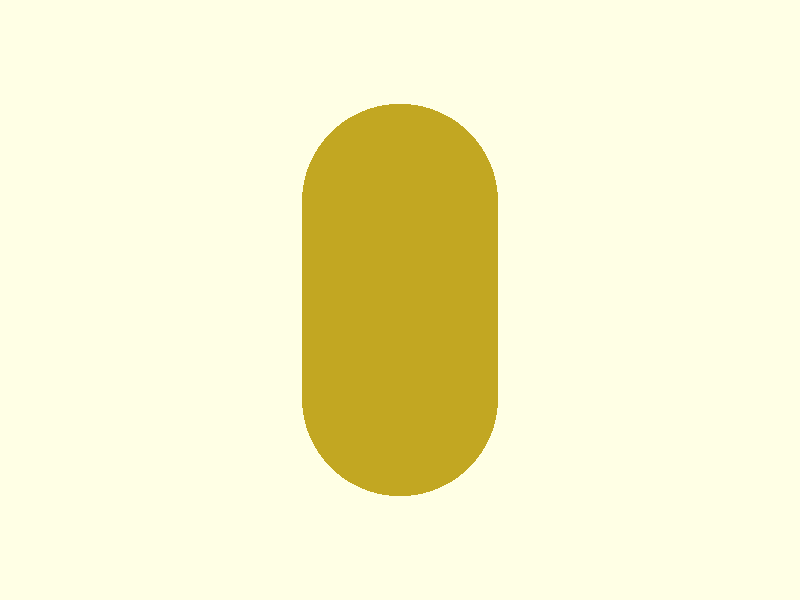 |
 |
| T | 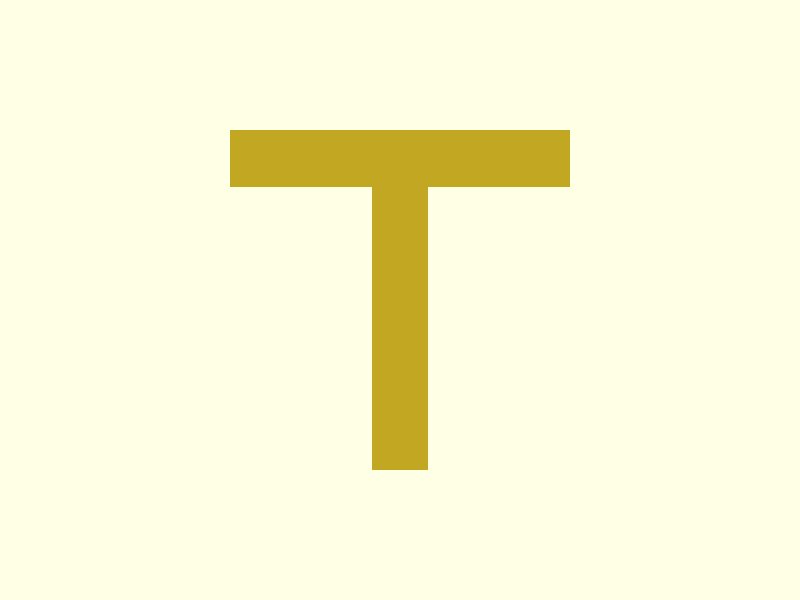 |
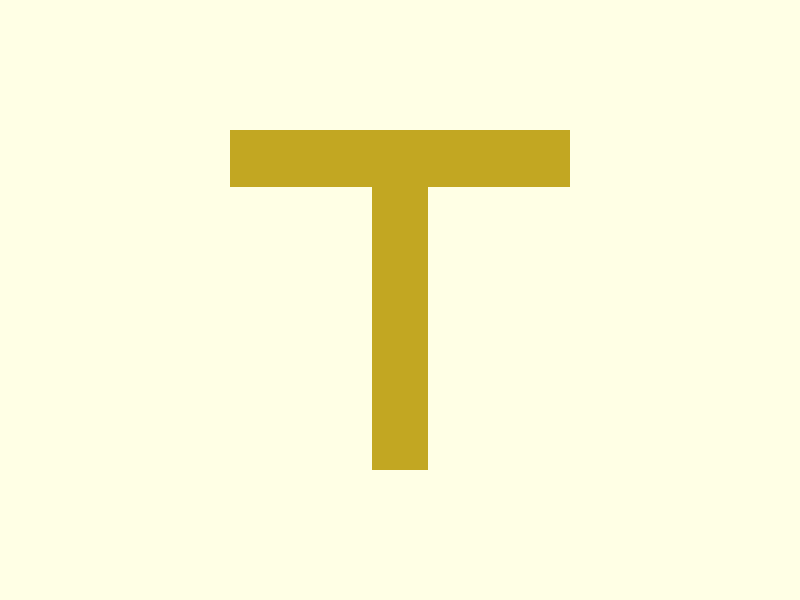 |
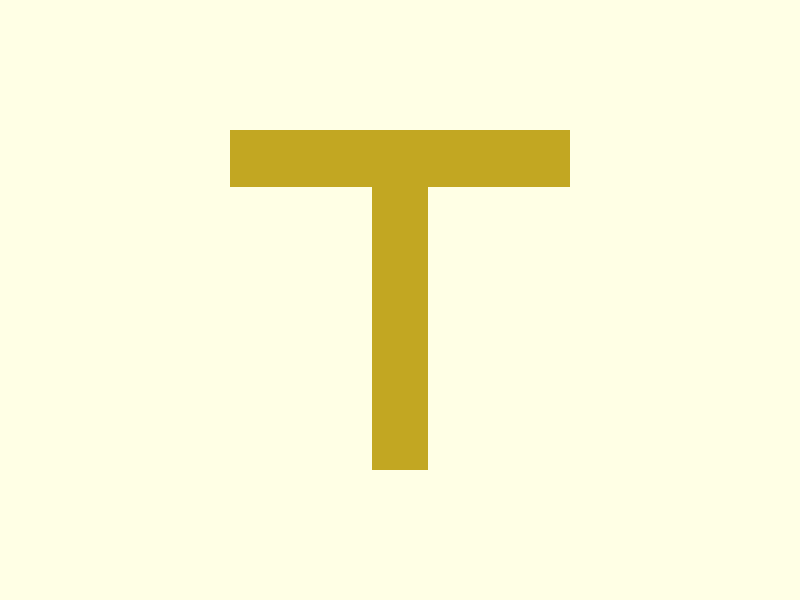 |
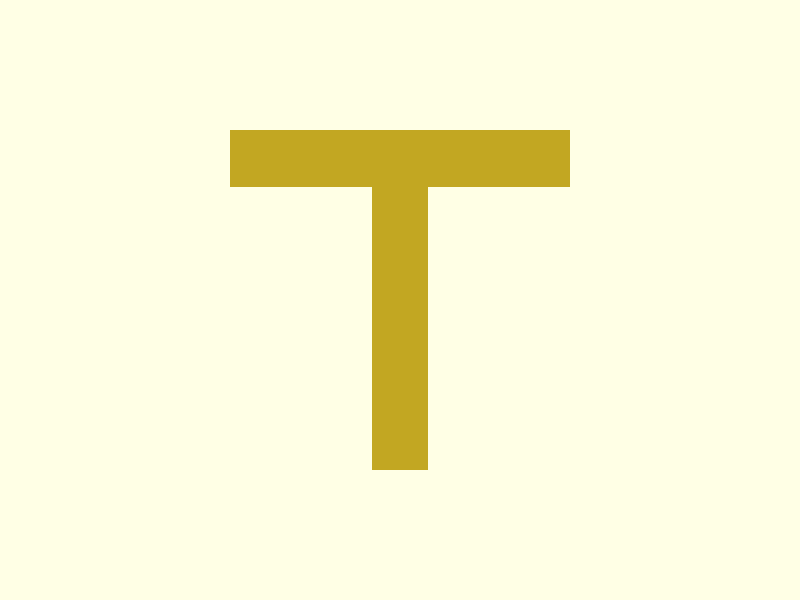 |
| U | 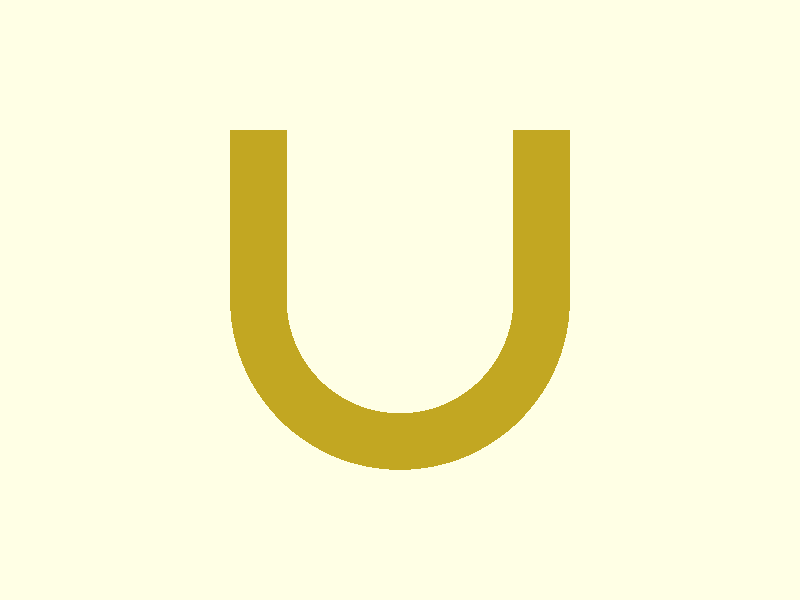 |
 |
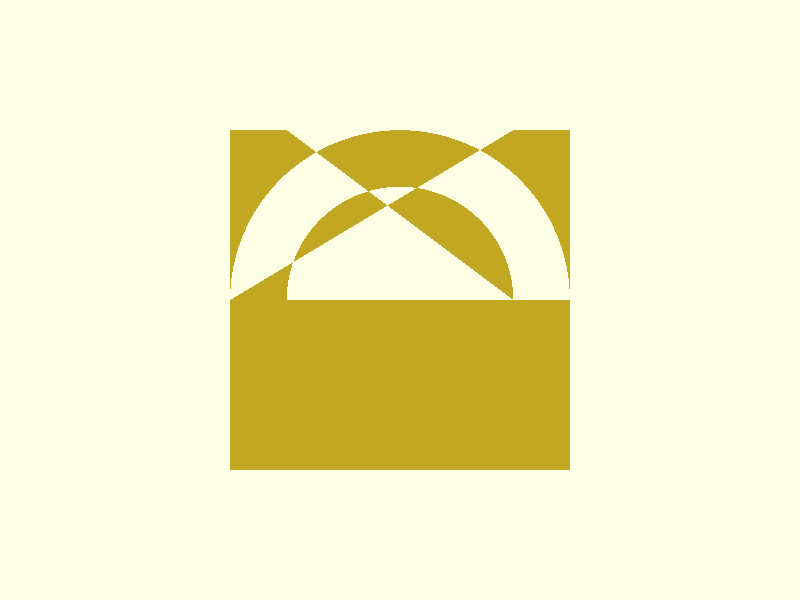 |
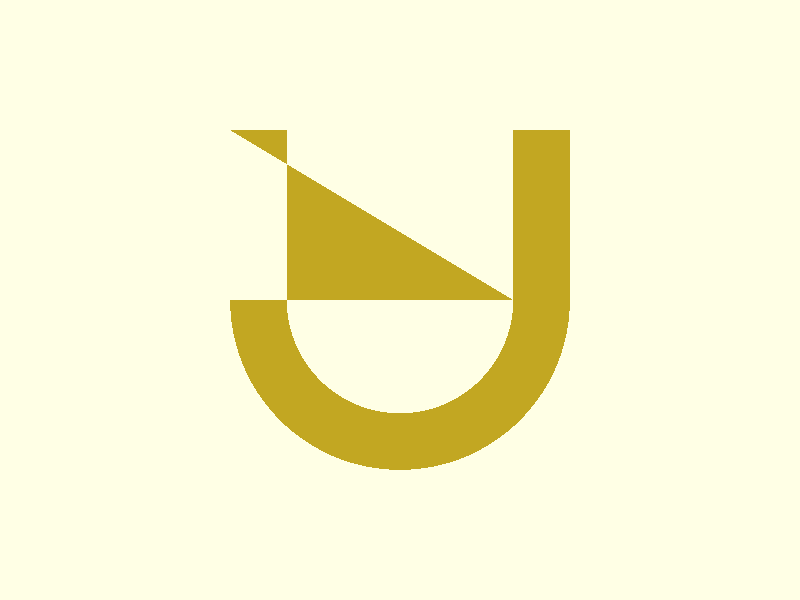 |
| V |  |
 |
 |
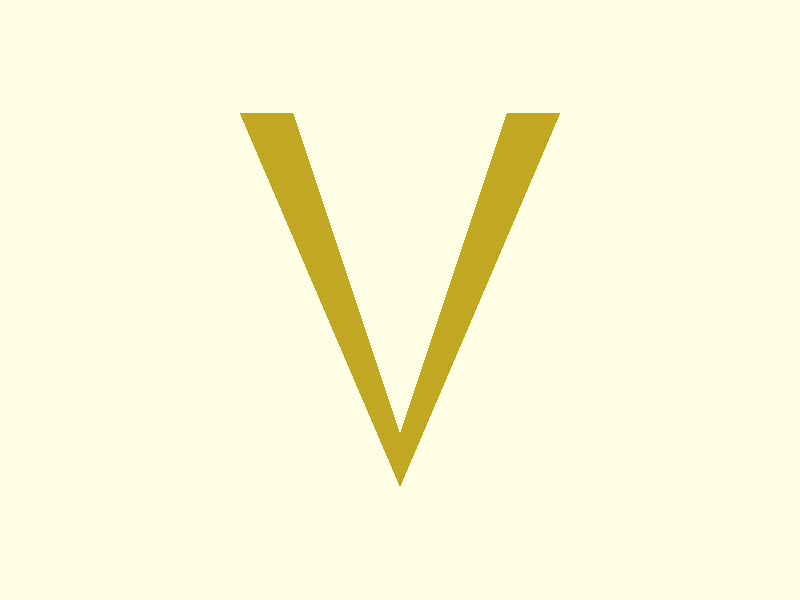 |
| W | 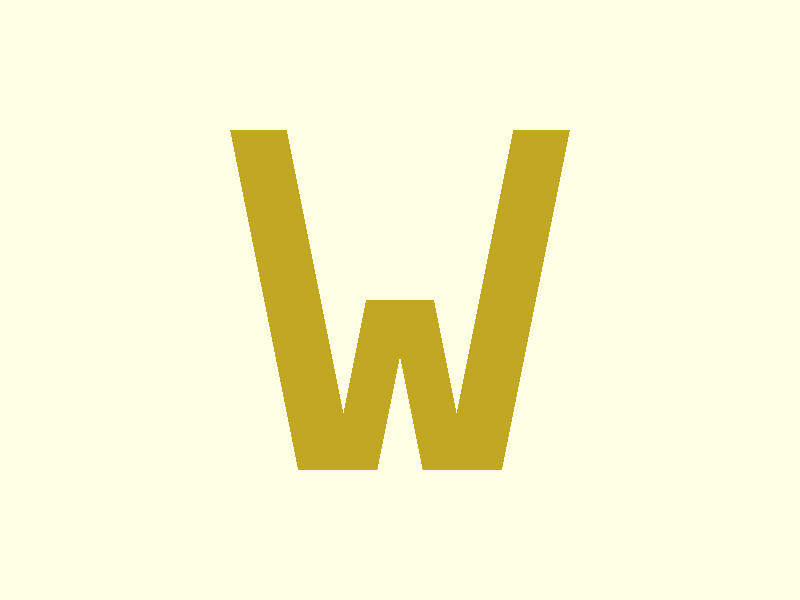 |
 |
 |
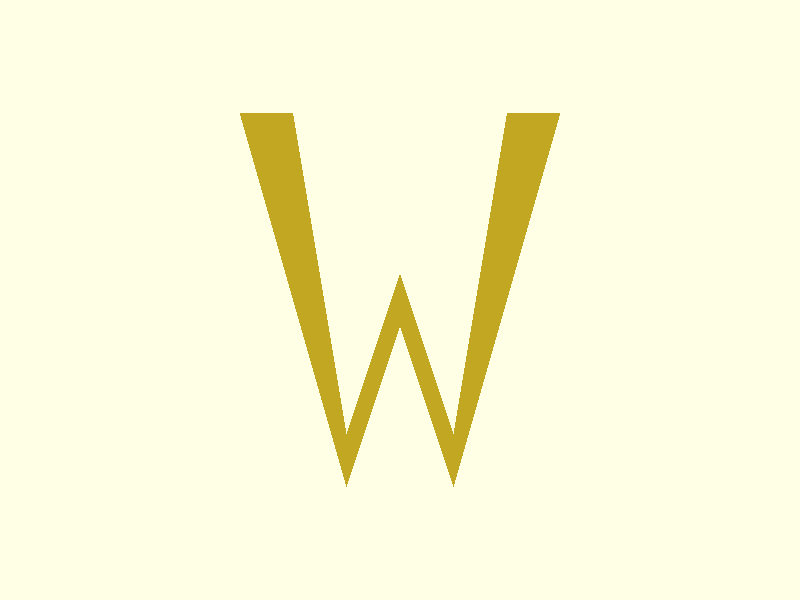 |
| X |  |
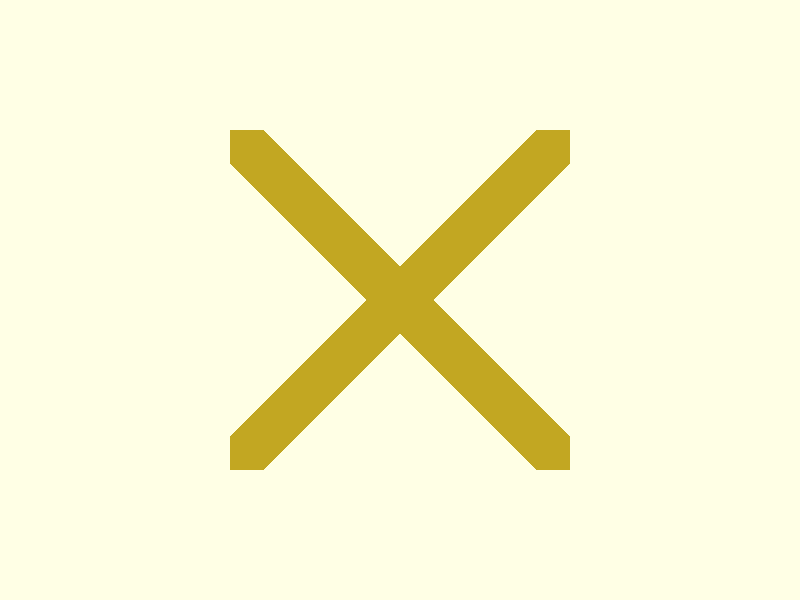 |
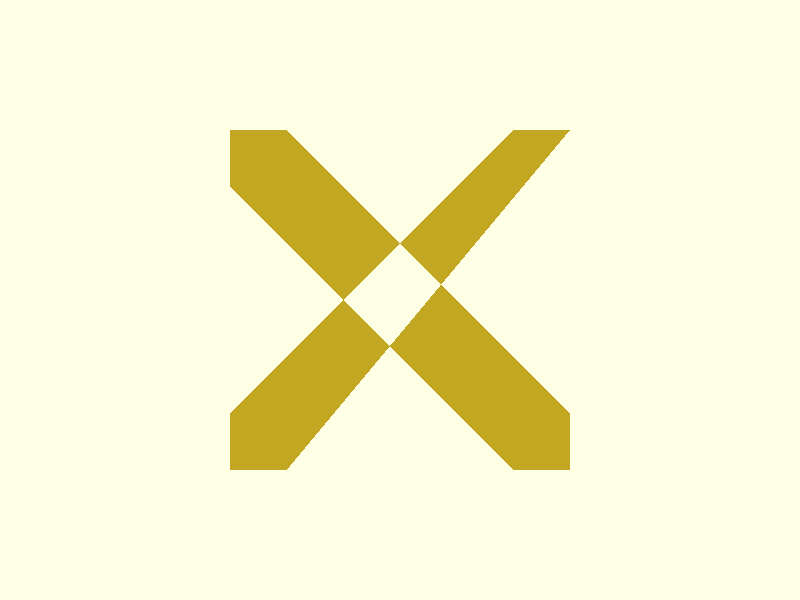 |
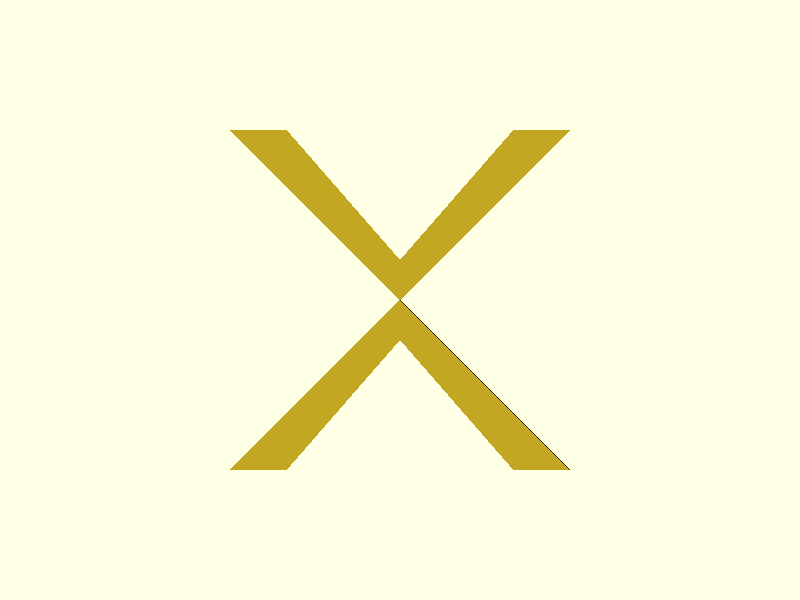 |
| Y | 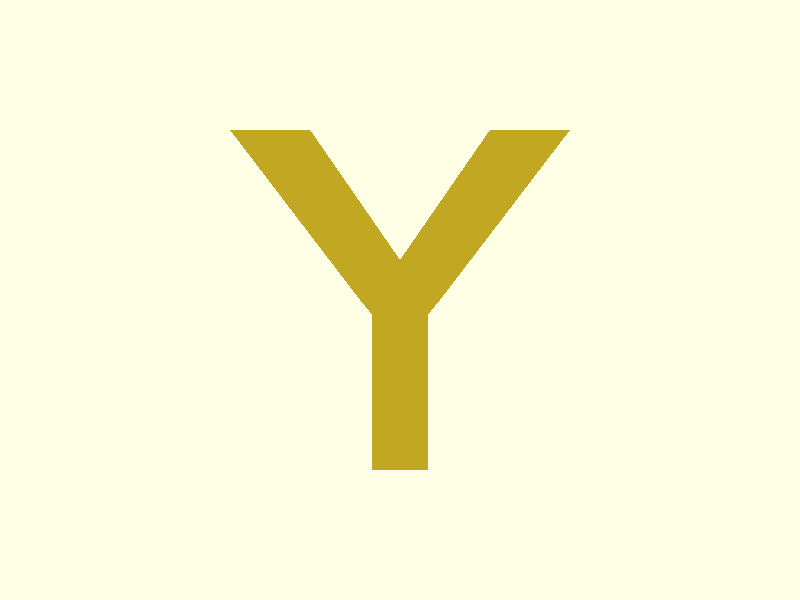 |
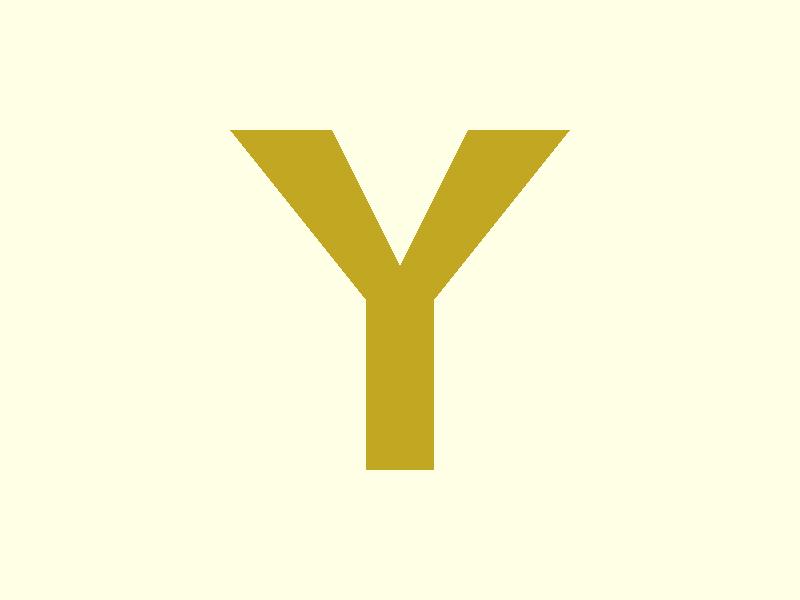 |
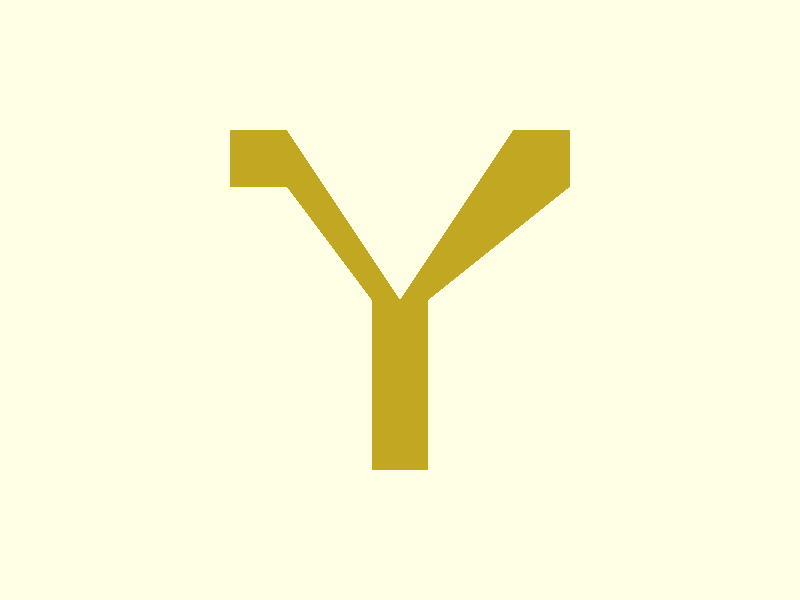 |
 |
| Z | 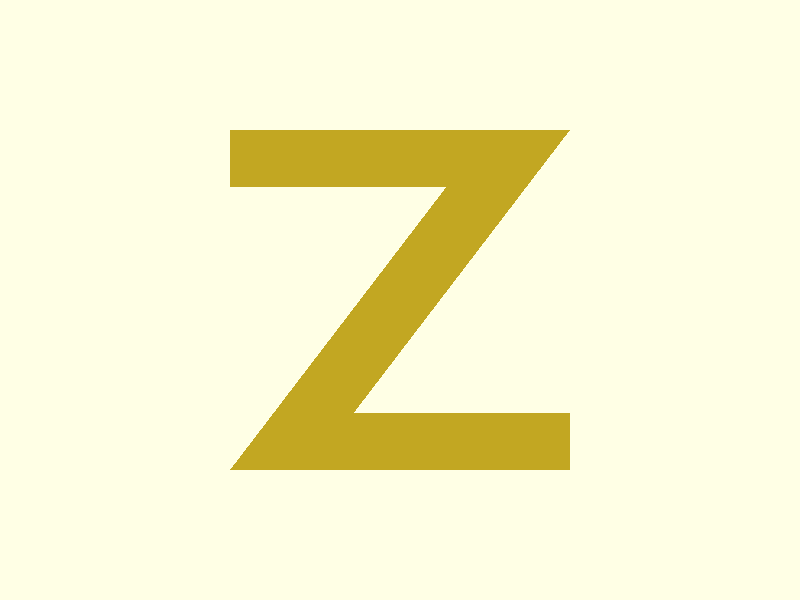 |
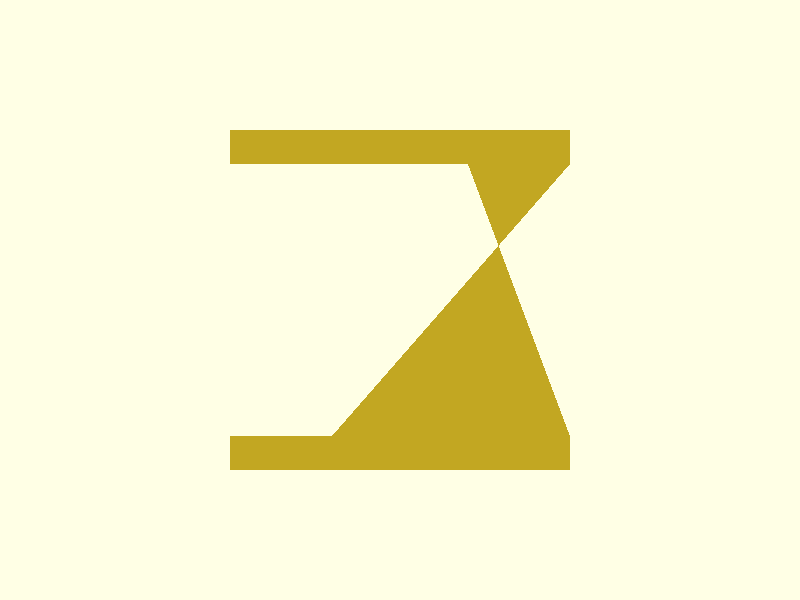 |
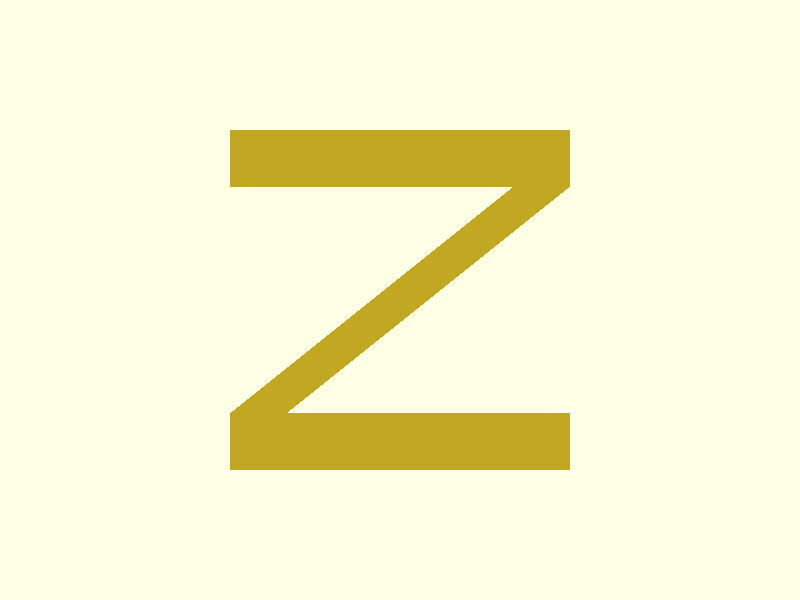 |
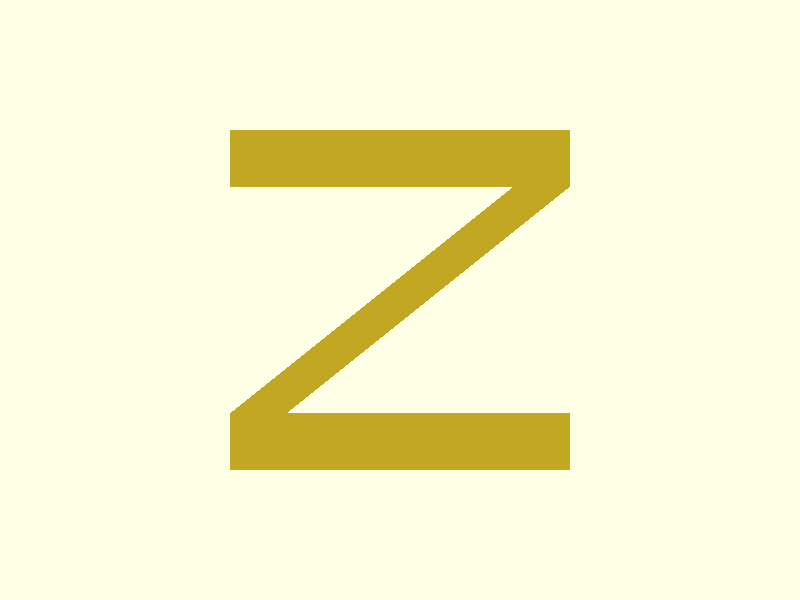 |
Analysis
When I was making the letters manually, the hardest part was following my own rule, that the width of the letters should be 1/6. For diagonals this required a little bit of geometry that none of the models exhibited. The S was another letter that required calculations to figure out what the radius of different arcs should be. Incidentally, S is easily the worst output letter by each of the models. Overall, in my opinion Claude performed the best, while o1 and Grok were neck and neck, doing better on some letters and flubbing others.